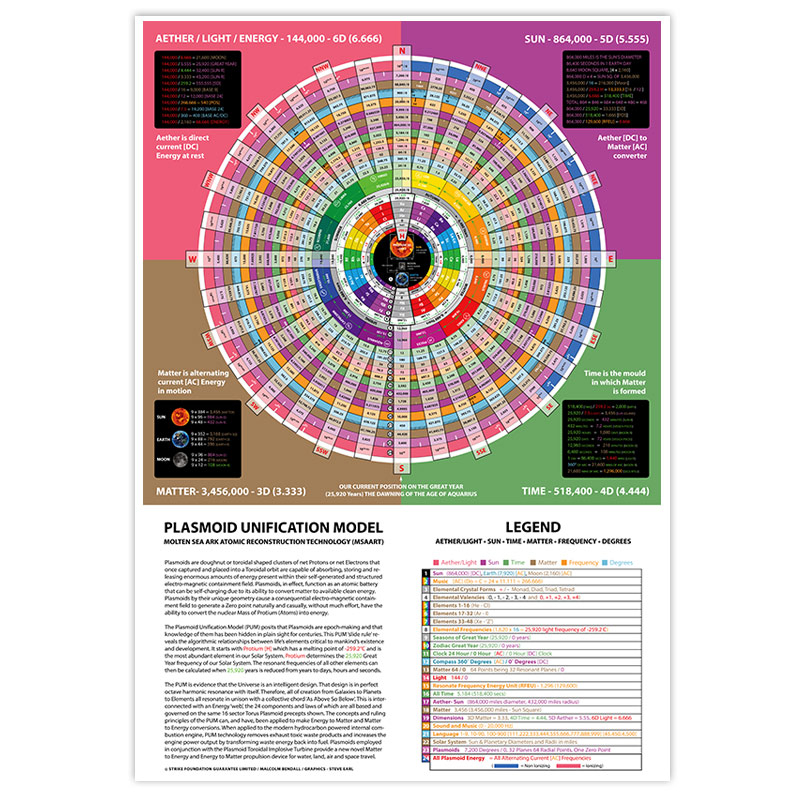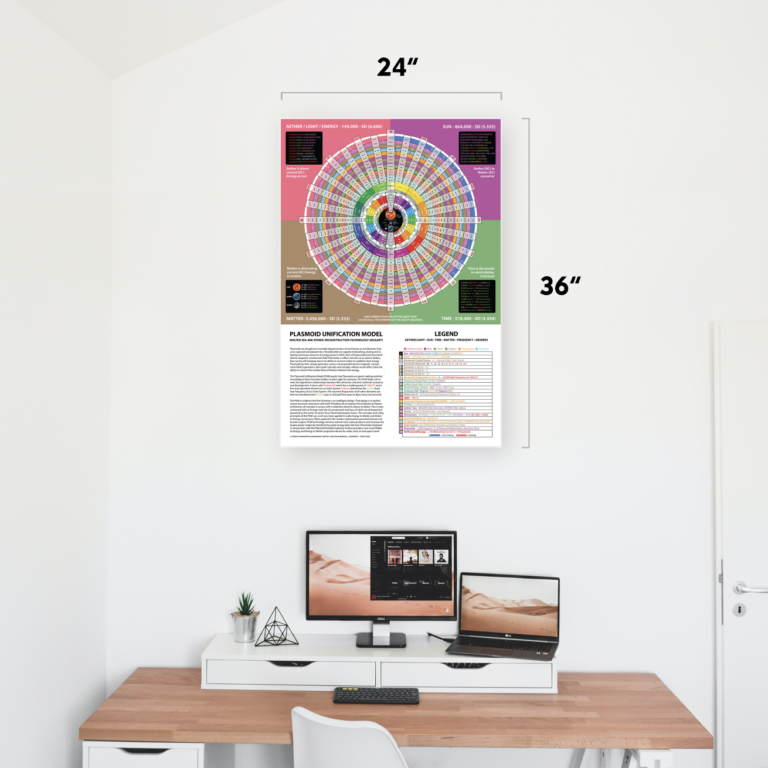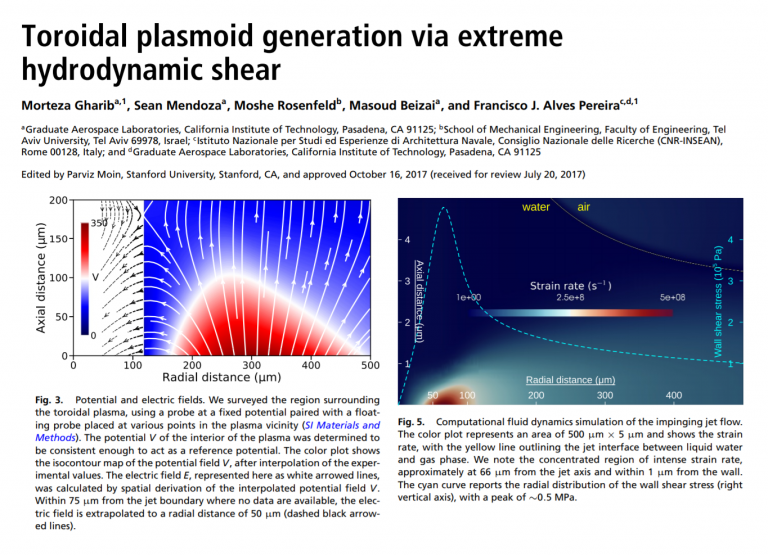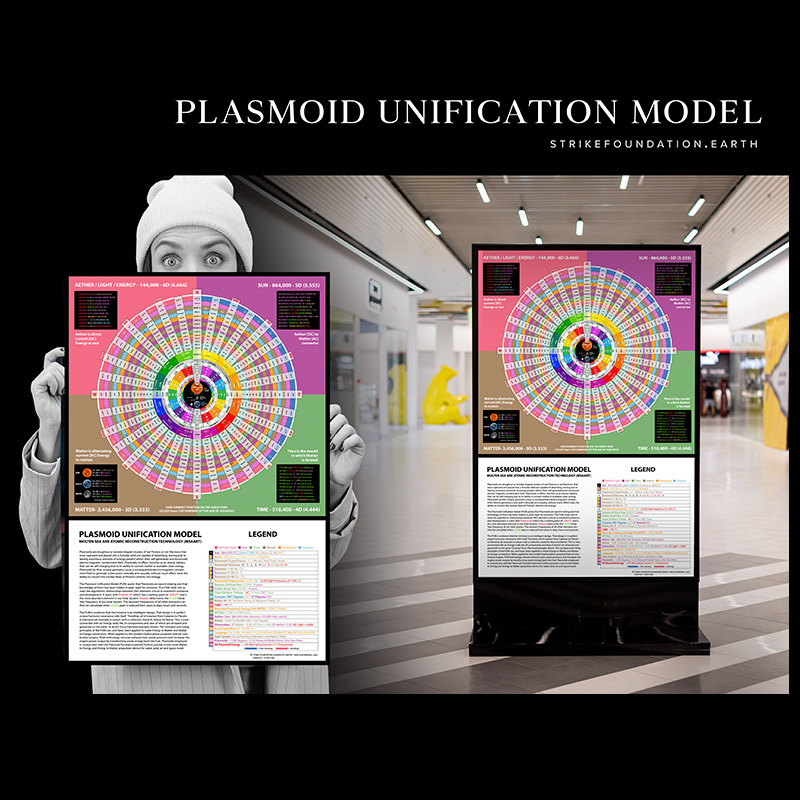
The Plasmoid Unification Model Of The Elements Poster howtube®
where the constant parameters b c = 0.233509 and ζ = 2.68298 are chosen to set two resonant surfaces (current layers) location at x = ±x s = ±0.25. The simulations are performed on a cluster. The simulation domain is −2 ≤ x ≤ 2, 0 ≤ y ≤ 2, and periodic and free boundary conditions are imposed at y = 0, 2 and x = ±2, respectively. In solving the set of Equations ()-(), we use a.

A diagram shows nested plasmoid structures are observed by the Cluster
imately five-hundred papers on plasmoid models are [1, 8, 9]. In toroidal plasmas, it is known that the location and the nature of the reconnection is very sensitiveto the perfection ofboth symmetries. What will be shown is that plasmoid theory is not robust, which means it can be fundamentally changed by ar-bitrarily small magnetic perturbations.

The Plasmoid Unification Model Of The Elements Poster (MSAART
arXiv.org e-Print archive

organization of the multiresistance region II of plasmid
The Plasmoid Unification Model (PUM) posits that Plasmoids are epoch-making and that the knowledge of them has been hidden in plain sight for centuries.

Plasmoid Unification Model Overview Malcolm Bendall
The Plasmoid Unification Model (PUM) posits that Plasmoids are epoch-making and that the knowledge of them has been hidden in plain sight for centuries.

Toroidal Plasmoid Generation via extreme hydrodynamic shear
Ascension DynamicsThe Bendall Turbine(Science Concept)Thanks To https://youtu.be/VsPirA-JqLQ& https://www.ascensiondynamics.org/blog-noteworthy/plasmoid-unif.

Plasmoid Unification Model Overview Malcolm Bendall
In this third part to our series on deciphering Malcolm Bendall's Plasmoid Unification Model we are going to further explore the conversion of time, the move.
Claim The Plasmoid Unification Model (PUM) of Malcolm Bendall provides
The Plasmoid Unification Model (PUM) posits that Plasmoids are epoch-making and that knowledge of them has been hidden in plain sight for centuries. This PUM 'slide rule' re- veals the algorithmic relationships between life's elements critical to mankind's exis- tence and development. It starts with Protium [H] which has a melting point of -259.20C
Claim The Plasmoid Unification Model (PUM) of Malcolm Bendall provides
The Plasmoid Unification Model (PUM) posits that Plasmoids are epoch-making and that the knowledge of them has been hidden in plain sight for centuries.

The Plasmoid Unification Model Of The Elements Poster howtube®
Ebrahimi ran a computer simulation that modeled the behavior of plasma and the formation of plasmoids in three dimensions thoughout a tokamak's vacuum vessel. This marked the first time researchers.

Understanding Plasmoids in 90 seconds YouTube
This model is capable of explaining the periodicity of plasmoids observed in the experiment and simulations, and produces plasmoid periods of 90 minutes when applied to two-dimensional models of solar streamers with a height of $3R_\odot$. This is consistent with the location and frequency at which periodic plasma blobs have been observed to.

Three stages of plasmoid formation in the tail by
the time-averaged spectra of the respective plasmoid, averaged o ver the times listed in each legend. Within eac h panel is an inset plot of the bolometric light curve of the respective plasmoid.
Claim The Plasmoid Unification Model (PUM) of Malcolm Bendall provides
Plasmoids, overdense blobs of plasma containing magnetic fields and high-energy particles, are a self-consistent outcome of the reconnection process in the relativistic regime.

Plasmoid Unification Model Overview Malcolm Bendall
A Plasmoid Model for the Sgr A* Flares Observed with GRAVITY and Chandra. David Ball, Feryal Özel, Pierre Christian, Chi-Kwan Chan, Dimitrios Psaltis. The Galactic Center black hole Sgr A* shows significant variability and flares in the submillimeter, infrared, and X-ray wavelengths. Owing to its exquisite resolution in the IR bands, the.

Schematic view of the Unified Model. Different regions emitting with
Plasmoid_Unification_Model_vertical_Gary_2022 AETHER / LIGHT / ENERGY - 144,000 - 6D (6.666) 144,000 / 6.666 = 21,600 [MOON] N 144,000 / 5.555 = 25,920 [GREAT YEAR] 144,000 / 4.444 = 32,400 [SUN R] 144,000 / 3.333 = 43,200 [SUN R] 144,000 / 259.2 = 555.555 [5D] 144,000 / 16 = 9,000 [BASE 9] 144,000 / 12 = 12,000 [BASE 24]

Wal Thornhill Black Hole or Plasmoid? Space News YouTube
First Online: 25 March 2023 283 Accesses Summary Electromagnetic effects in plasmas can create various structures, such as smoke rings, sheets, and strands, often referred to generically as plasmoids. For fusion devices, plasmoids typically have the advantage of being hotter, denser, and more easily moved around.